Difference Between Simple Past and Present Perfect

PAST SIMPLE vs PRESENT PERFECT ESL Speaking activities Present perfect, English grammar
Die Bildung des Present Perfect und des Past Perfect Schau dir zuerst zwei Beispielsätze zu jeder Zeitform (engl. tense) an: Beispiel Present Perfect Peter has always been very handsome. They have not seen it. Past Perfect Peter had always been very handsome. They had not seen it.
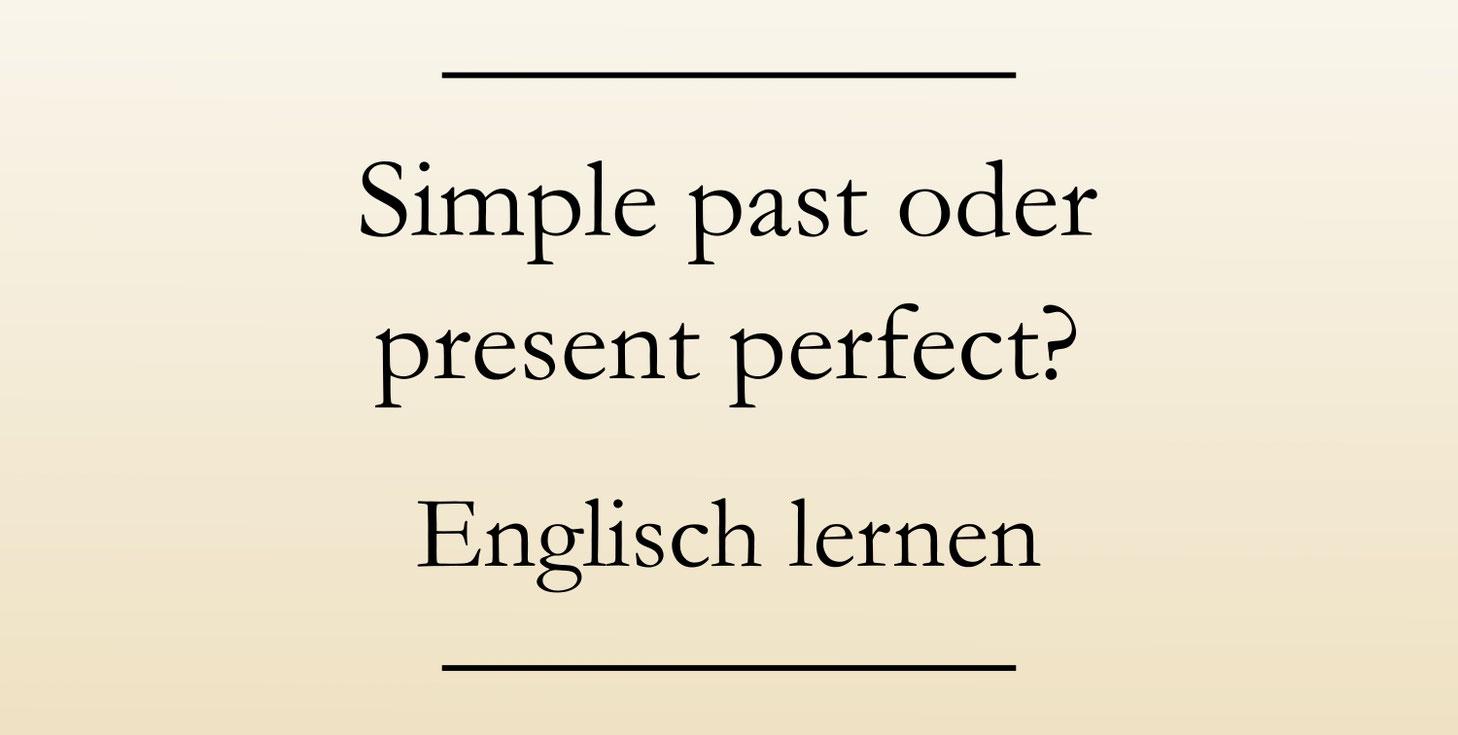
Simple past oder present perfect? Unterschied Englisch lernen
#eureFragen Hast du auch eine Frage? Schreibe sie in die Kommentare!Kapitel:0:00 - 1️⃣ Übersicht0:20 - 2️⃣ Bildung0:45 - 3️⃣ wann welche Zeit2:05 - 4️⃣ Signa.

In plain English SIMPLE PAST OR PRESENT PERFECT?
present perfect und simple past im Vergleich - Englische Grammatik | Erklärvideo - YouTube © 2023 Google LLC Present perfect oder simple past? Im Video zeigen wir dir.
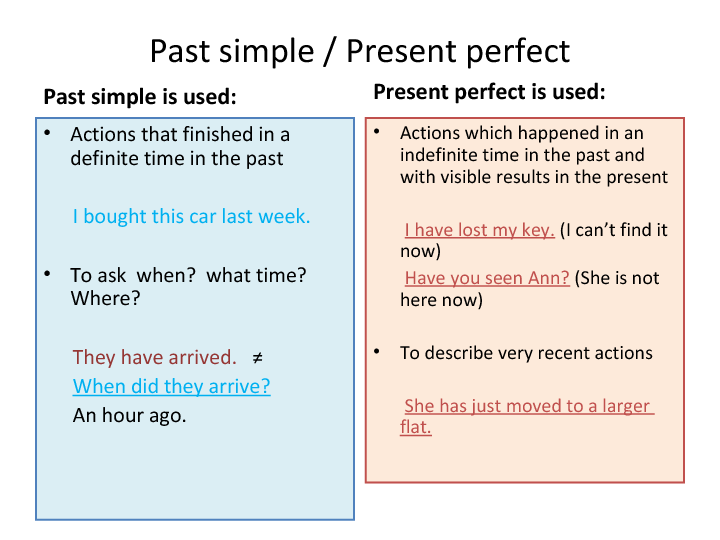
Past Simple vs. Present Perfect
Remember: We use the past simple for past events or actions which have no connection to the present. We use the present perfect for actions which started in the past and are still happening now OR for finished actions which have a connection to the present. We CAN'T use the present perfect with a finished time word: NOT: I've been to the museum.

Past Tense Simple vs. Present Perfect Simple (Intermediate Level) Unterrichtsmaterial im Fach
Welche Unterschiede und welche Gemeinsamkeiten haben Present Perfect und Simple Past? 1. Verwendung 2. Signalwörter 3. Bildung * past participle : regelmäßige Verben → Infinitiv + -ed unregelmäßige Verben → 3. Spalte der Tabelle der unregelmäßigen Verben 4. Beispiele 4.1. Bejahte Aussagesätze 4.2. Verneinte Aussagesätze 4.3. Fragen

Differences Between Present Perfect Tense and Simple Past Tense English Study Page Simple
Key difference 2: present perfect actions happened in the past, but are connected to the present. simple past actions started and finished in the past. Examples: Chris can't come on the trip, he has broken his leg. (present perfect) his leg is still broken. I broke my leg when I was fifteen. (simple past)

PresentperfectvsPastsimpleinfographic Present perfect, English grammar, Learn english
The simple past uses a single verb (the simple past form of the verb) while the present perfect uses two verbs (has/have + participle form of the verb). Here are some examples: The English Tenses: A Brief Introduction Tenses are a way of measuring time. They tell us whether a particular action has already happened, is happening or will happen.
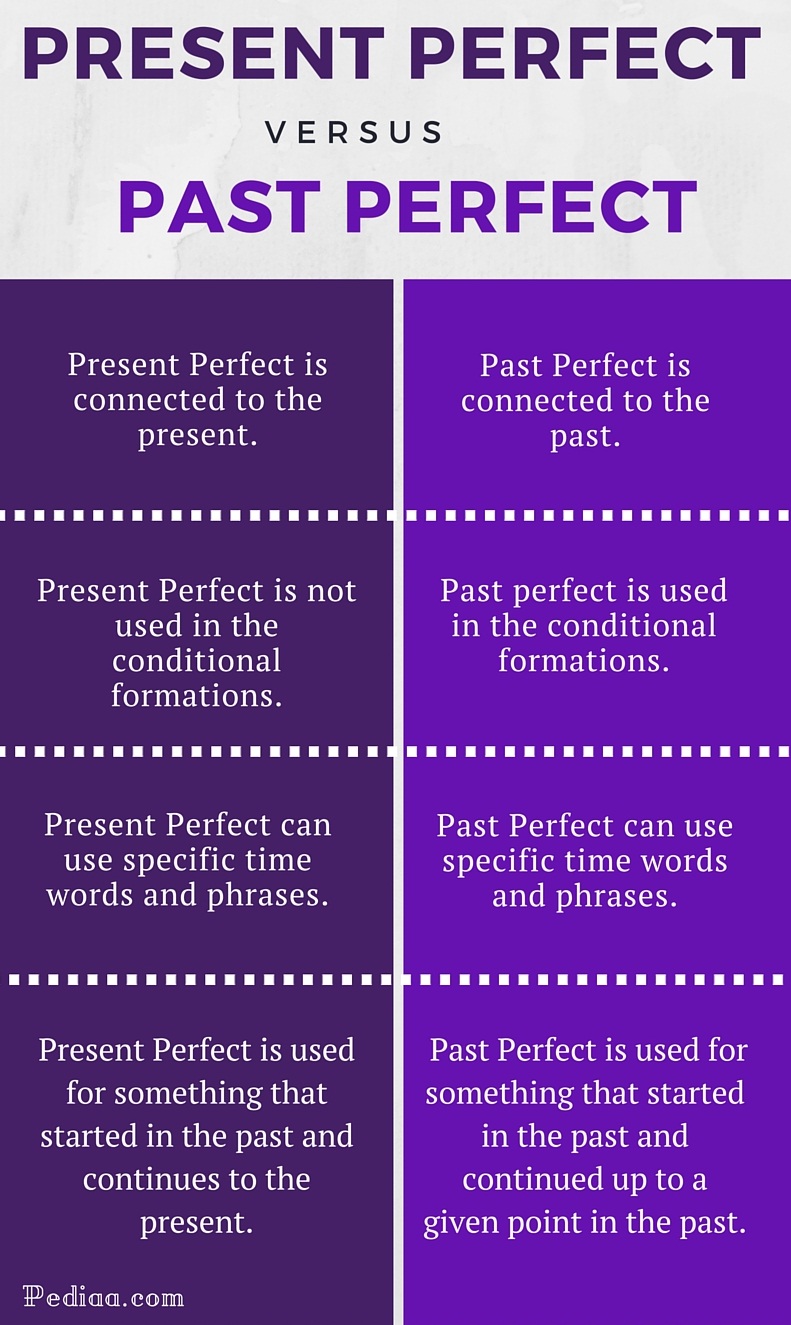
Difference Between Present Perfect and Past Perfect
Simple Past - Present Perfect: Bildung (00:15) Simple Past - Present Perfect: Verwendung (01:09) Simple Past - Present Perfect: Signalwörter (02:14) Gemeinsame Besonderheiten (02:52) Das Simple Past und auch das Present Perfect sind Zeitformen der Vergangenheit in Englisch.
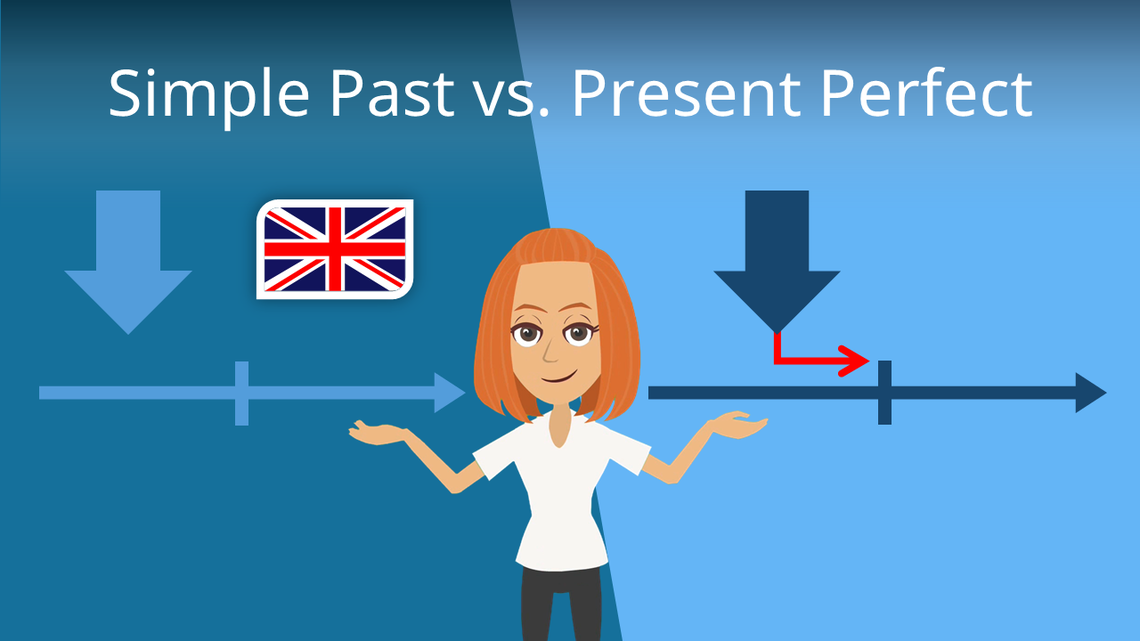
Wann benutzt man simple past und wann present perfect ? BildFragen.de
Past simple or present perfect? - English Grammar Today - a reference to written and spoken English grammar and usage - Cambridge Dictionary
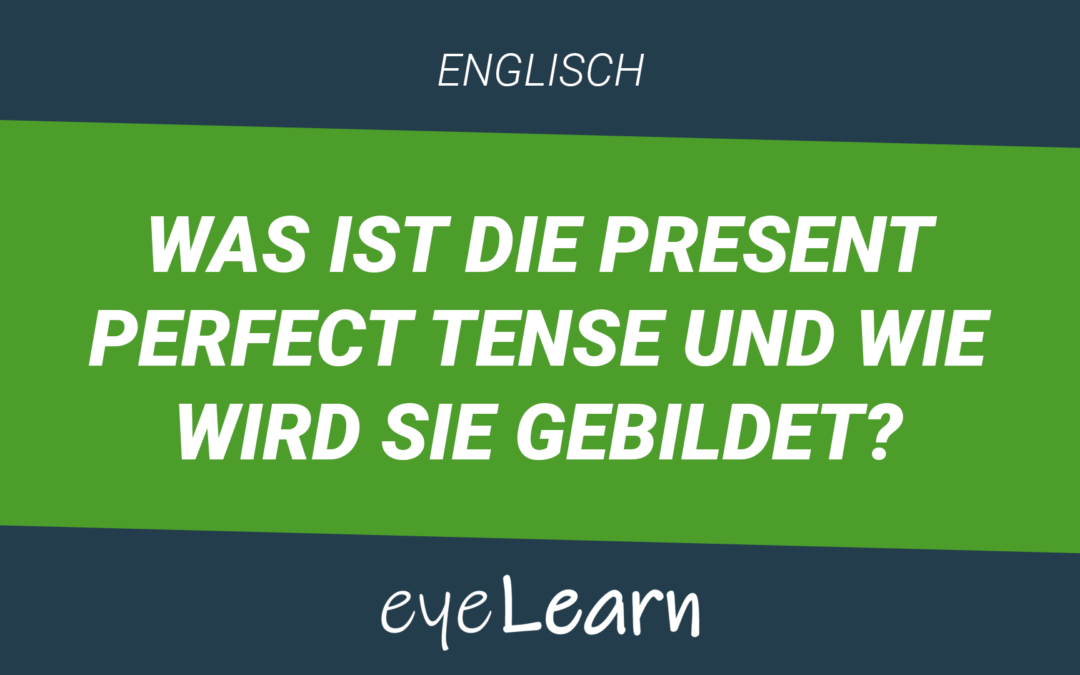
Was Ist Der Unterschied Zwischen Simple Past Und Present Perfect Naturalica
Simple past und Present perfect sind im Englischen leicht zu unterschieden. In der deutschen Sprache ist der Unterschied zwischen Perfekt und Präteritum dagegen nicht ganz so streng..

Ficha de Trabalho Past Simple Vs Present Perfect (1)
Spelling (Present Perfect and Simple Past) stopp ed (Double the consonant after a short vowel.) love d (one -e at the end of the word → Add only -d.) worri ed (consonant before -y → Change to -i.) Explanation. Present Perfect (Summary) Simple Past (Summary) Exercises. Exercises - Present Perfect and Simple Past contrasted;

CHARTS Simple Past and Present Perfect PDF
Das present perfect: Die unvollendete Vergangenheit Du verwendest das present perfect, wenn du über Ereignisse und Handlungen sprichst, die in der Vergangenheit angefangen haben, aber noch nicht abgeschlossen sind oder noch bis in die Gegenwart anhalten: I have never been to New York.

Present Perfect vs Past Simple Useful Differences Efortless English
Here are the basic differences between these two tenses: Time Specificity: The past simple is time-specific, while the present perfect is not. Relevance to Present: Present perfect actions are usually relevant to or affect the present; past simple actions do not. Time Markers: Past simple often uses specific time markers, while present perfect.

English Tenses Present Perfect Simple vs. Present Perfect Continuous ESLBuzz Learning English
The key difference between the simple past and the present perfect lies in their focus on when an action occurred and its connection to the present: The simple past is used for actions that happened at a specific point in the past as in "I watched a movie last night.". However, the present perfect is used for actions that started in the.

Difference Between Simple Past and Present Perfect
Gegenüberstellung Simple Past - Present Perfect Simple Bildung Siehe auch Erläuterung zum Simple Past und Present Perfect Simple Verwendung Beide Zeitformen gibt es auch im Deutschen, aber wir unterscheiden meist nicht so streng zwischen Perfekt und Präteritum. Im Englischen (britisches Englisch) haben beide Zeiten eine bestimmte Funktion.
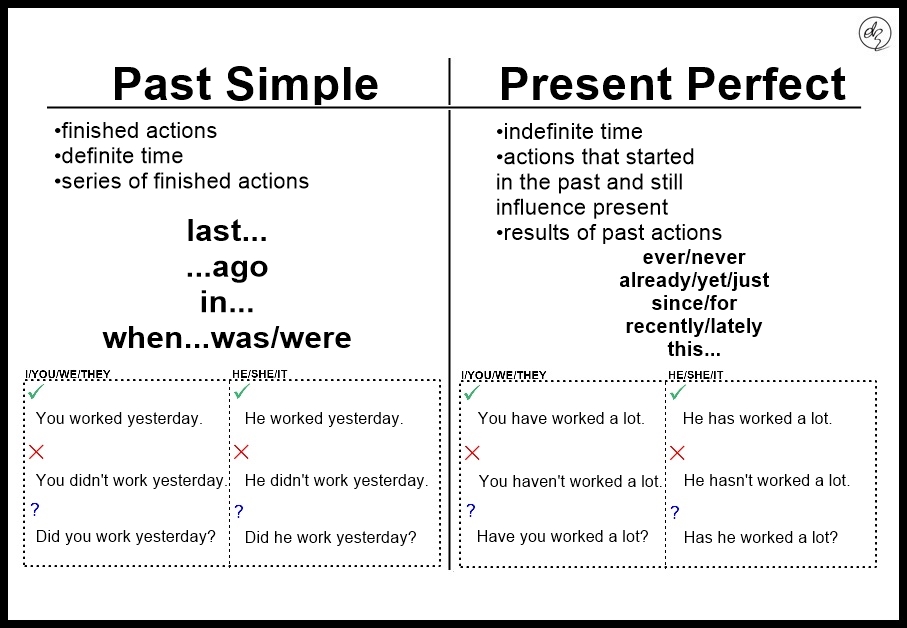
PAST SIMPLE vs. PRESENT PERFECT
Past simple deals with completed actions or events in the past, while present perfect is used to express past actions that have a connection to the present. The choice of tense not only affects sentence structure but also shapes the meaning and interpretation of any statement.